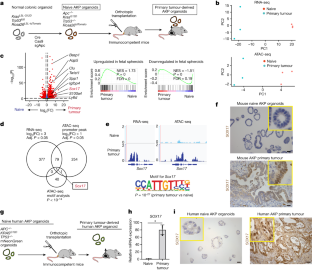2024-02-29 デラウェア大学 (UD)
<関連情報>
- https://www.udel.edu/udaily/2024/february/red-blood-cell-research-velia-fowler/
- https://www.nature.com/articles/s42003-023-05670-9
小児心筋症の原因となる劣性TMOD1変異 Recessive TMOD1 mutation causes childhood cardiomyopathy
Catalina Vasilescu,Mert Colpan,Tiina H. Ojala,Tuula Manninen,Aino Mutka,Kaisa Ylänen,Otto Rahkonen,Tuija Poutanen,Laura Martelius,Reena Kumari,Helena Hinterding,Virginia Brilhante,Simo Ojanen,Pekka Lappalainen,Juha Koskenvuo,Christopher J. Carroll,Velia M. Fowler,Carol C. Gregorio & Anu Suomalainen
Communication Biology Published:02 January 2024
DOI:https://doi.org/10.1038/s42003-023-05670-9

Abstract
Familial cardiomyopathy in pediatric stages is a poorly understood presentation of heart disease in children that is attributed to pathogenic mutations. Through exome sequencing, we report a homozygous variant in tropomodulin 1 (TMOD1; c.565C>T, p.R189W) in three individuals from two unrelated families with childhood-onset dilated and restrictive cardiomyopathy. To decipher the mechanism of pathogenicity of the R189W mutation in TMOD1, we utilized a wide array of methods, including protein analyses, biochemistry and cultured cardiomyocytes. Structural modeling revealed potential defects in the local folding of TMOD1R189W and its affinity for actin. Cardiomyocytes expressing GFP-TMOD1R189W demonstrated longer thin filaments than GFP-TMOD1wt-expressing cells, resulting in compromised filament length regulation. Furthermore, TMOD1R189W showed weakened activity in capping actin filament pointed ends, providing direct evidence for the variant’s effect on actin filament length regulation. Our data indicate that the p.R189W variant in TMOD1 has altered biochemical properties and reveals a unique mechanism for childhood-onset cardiomyopathy.


